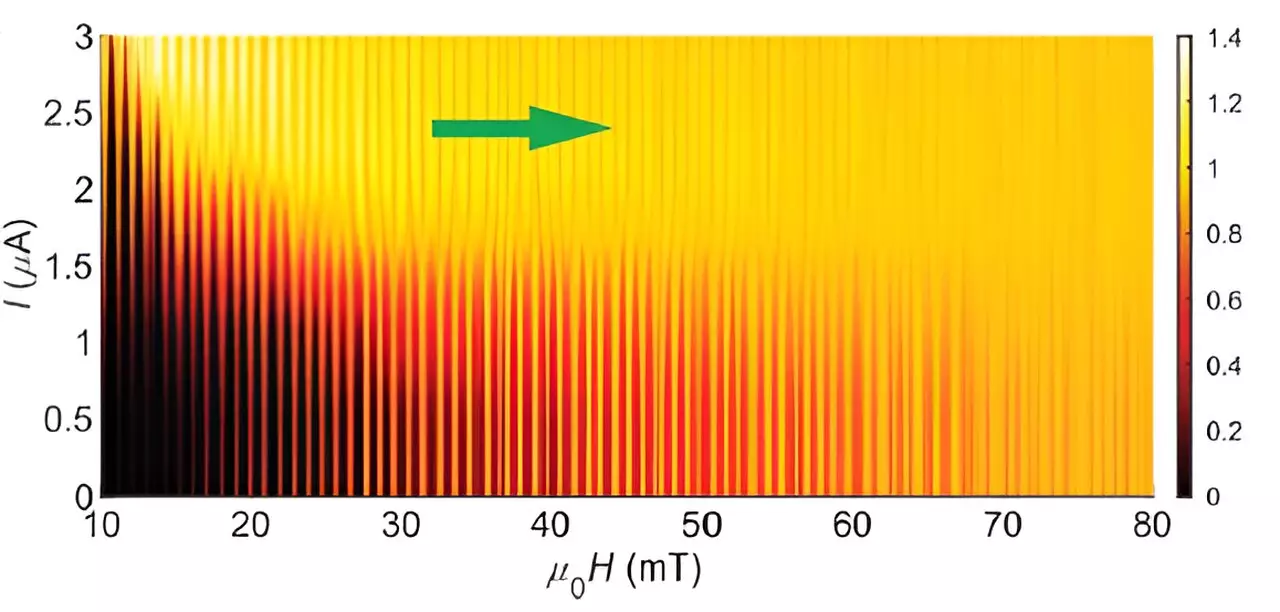Topological materials have been a subject of significant interest in the scientific community due to their unique properties that stem from the knotting or twisting of their wavefunctions. These materials exhibit edge states at the boundary where the wavefunction must unwind, leading to distinct behavior of electrons compared to the bulk of the material. The emergence of edge states is particularly intriguing when the topological material is also a superconductor, as it presents a scenario where the bulk and edge of the material exhibit different superconducting behaviors.
The Study of Superconducting Edge Currents in MoTe2
A recent study published in Nature Physics focused on investigating the superconducting edge currents in molybdenum telluride (MoTe2) and their ability to sustain significant changes in the pairing “glue” of superconducting electrons. The research highlighted the importance of electron pairing in enabling the flow of electricity in superconductors, with topological superconductors being theorized as a novel class of superconducting materials with potential applications in quantum technologies.
Topological superconductors are theorized to possess unique properties, including the presence of special particles known as anyons that retain their positional information. This characteristic makes anyons valuable for quantum computing operations, offering error-protected arrangements for advanced technology development. Additionally, topological superconductors exhibit edge supercurrents at their borders, which can be harnessed for the creation and manipulation of anyons, paving the way for advancements in quantum technologies and energy-efficient electronics.
Enhancing the Pairing Potential in MoTe2
In the study, scientists deposited niobium (Nb) on top of MoTe2 to strengthen the pair potential, ultimately enhancing the supercurrent oscillations in the material. However, the interaction between the Nb and MoTe2 pair potentials revealed an inherent incompatibility, leading to a switching of the wavefunction guiding the edge electrons based on the prevailing pair potential. The study showcased that noisy oscillations arise when the edge pair potential differs from the bulk material, while nearly noise-free oscillations occur when the pair potentials align.
The research not only confirmed the presence of edge supercurrents in topological superconductors but also demonstrated their potential utility in monitoring the behavior of superconducting electrons. By studying the response of edge currents to changes in pair potentials, researchers can gain insight into the underlying mechanisms of topological materials and leverage this understanding to facilitate the development of quantum technologies. This knowledge may enable the creation of innovative electronic devices and computational systems that capitalize on the unique properties of topological superconductors.


Leave a Reply